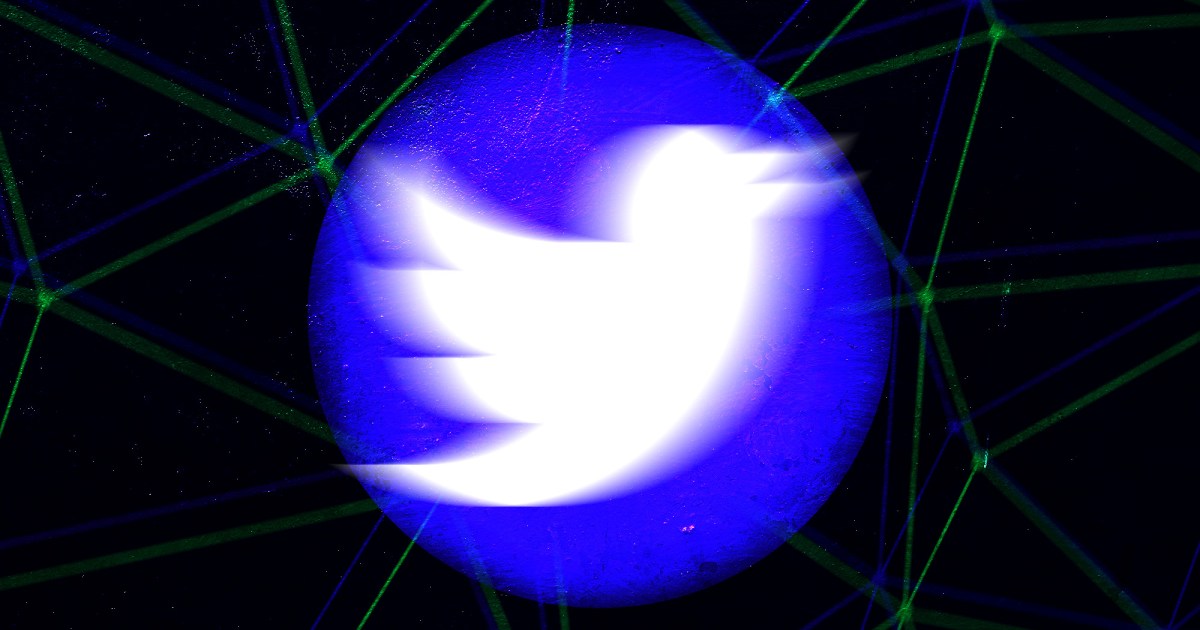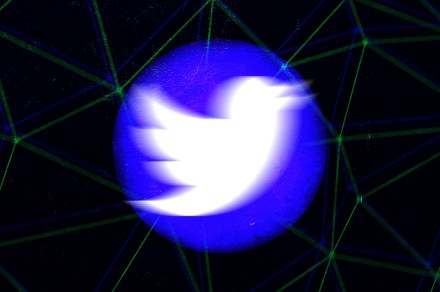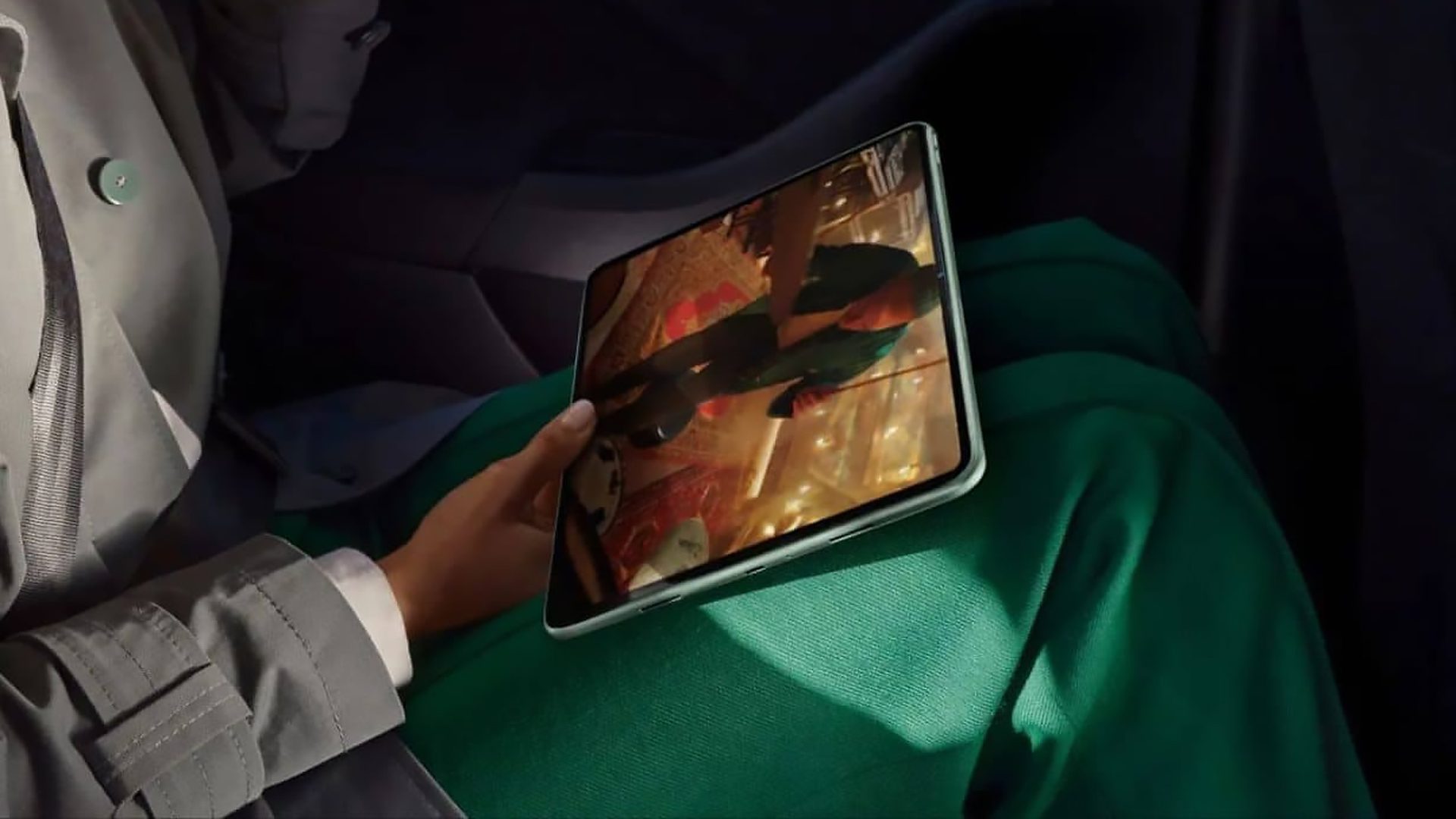
Twitter has started removing the blue check marks from accounts that have not signed up to its Blue subscription service.
Before Elon Musk acquired Twitter last October in a deal worth $44 billion, verification check marks were given to high-profile accounts belonging to celebrities, politicians, sports stars, journalists, and businesses, among others.
The idea was that with the check mark, the Twitter community could trust that the account was genuine rather than a fake.
But Musk changed all that. He saw the check mark system as unfair, describing it as a “lords and peasants system.” He also wanted Twitter to rely less on ad revenue and instead generate income via subscriptions.
His idea was to give the once-coveted blue check mark to anyone who subscribes to Blue — Twitter’s premium service that comes with extra features — and to remove existing check marks awarded under the old system unless the account holder paid for Blue.
It means that accounts belonging to Pope Francis, Donald Trump, and even Twitter co-founder Jack Dorsey no longer have a blue check mark. Up until yesterday, all of these accounts — and many others belonging to notable individuals — had the marks, but their absence informs us that they have decided not to hand Twitter a monthly fee of up to $11 to keep it.
If you tap on a blue check mark next to an account holder’s name today, it says: “This account is verified because they are subscribed to Twitter Blue and verified their phone number.”
Now, whether fake or not, anyone who pays for Blue and passes Twitter’s checks will have a check mark next to their name. But with so many high-profile accounts choosing not to pay for the mark, fake accounts don’t even need the mark to look genuine. Yes, things could get confusing.
BBC journalist Shayan Sardarizadeh has already spotted a number of issues:
To be clear, the genuine @nycgov account bio includes a gray checkmark denoting a “government or multilateral organization,” but a similar account with a blue mark, or without any mark at all, could confuse some who see it.
Reporter Bill McCarthy also pointed out that some accounts linked to U.S .government agencies lost their verified check marks today. “Imagine the confusion and harm imposter accounts could cause by impersonating these pages, for example, to spread disinformation,” McCarthy said.
It also seems that a mischievous Musk is pulling a few strings to ensure that a blue check mark continues to show on the accounts of people famously opposed to paying for it, such as LeBron James and Stephen King.
Sharing a screen grab of a fake J.K. Rowling account “apologizing” for past comments on transgender issues, Sardarizadeh offered some important advice to everyone on Twitter: “Pay close attention to handles, follower counts, and profile bios if you don’t want to be misled by fake accounts.”
It’s too early to say what effect the overhaul of Twitter’s verification system will have on the spread of misinformation and on overall confidence in the platform, but the early signs aren’t particularly good. With Twitter’s workforce already cut to the bone, the remaining team members are going to have to work faster and harder to sniff out new accounts that aren’t who they say they are, and with a U.S. presidential election on the horizon, Twitter has to get it right.
Editors’ Recommendations







